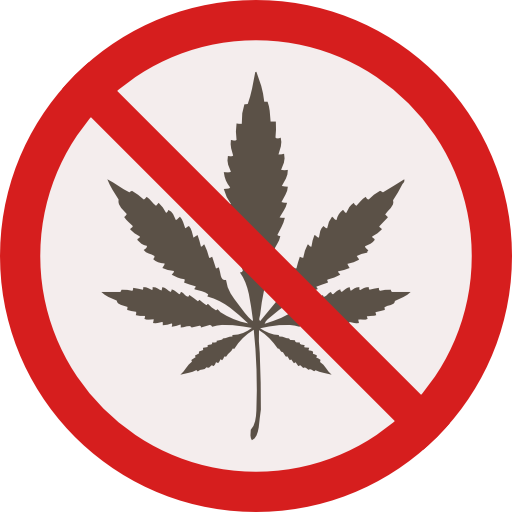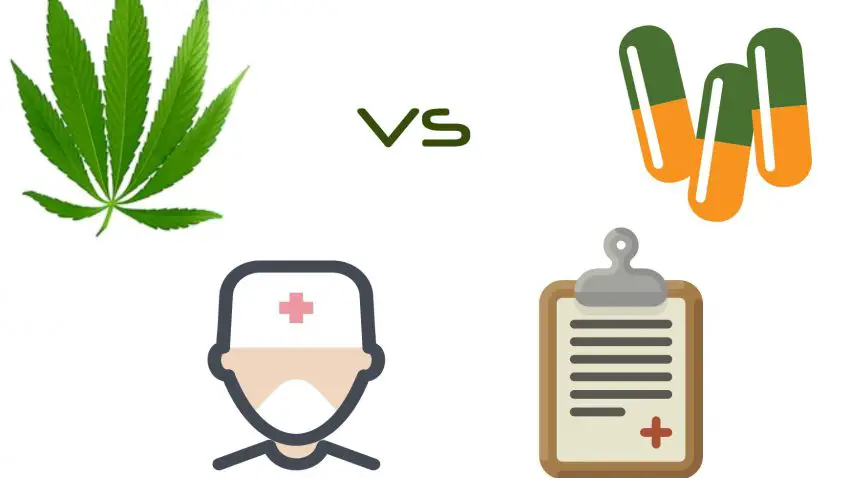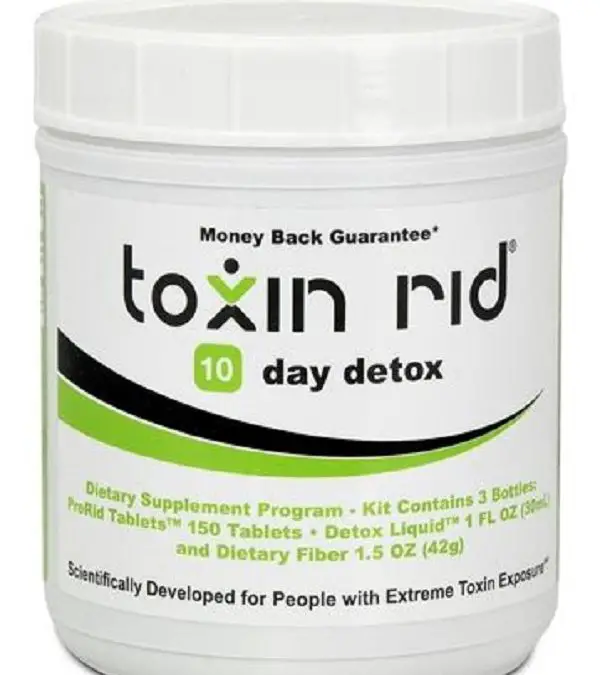If you suffer from chronic pain and use strong prescribed painkillers, you should be aware that there is a very effective alternative approach – i.e. using medical marijuana to help reduce your pain.
However, before you run to your physician for a medical marijuana prescription, you should know what the main pros and cons are of using medical marijuana vs painkillers for chronic pain.
Chronic pain is no laughing matter. People who suffer from chronic pain, regardless of which area of the body is affected, live very difficult lives. Just ask Dr. House. Of course not all conditions are as painful as others.

The one thing that most chronic pains have in common, however, is that the causes of the pain is untreatable. So there’s no “cure” for the pain. The only thing you can do is manage the pain so that you can live as comfortable a life as possible.
Anything that causes inflammation will cause pain. Some causes of pain that are untreatable include rheumatoid arthritis, ankylosing spondylitis, spinal disc prolapsed, and many more. However, for most of these, the pain can often be managed by over the counter. However, if the pain gets worse, opioids may be prescribed or,alternatively, medical marijuana may be used.
Cancer may also cause chronic pain. Sadly we’re talking about terminal cancer where the best that doctors can do is to make sure the patient’s final days are comfortable and as pain free as possible. This is one of the leading uses of marijuana and why so many people have turned to medical marijuana and its derivatives.
‘Painkillers’.
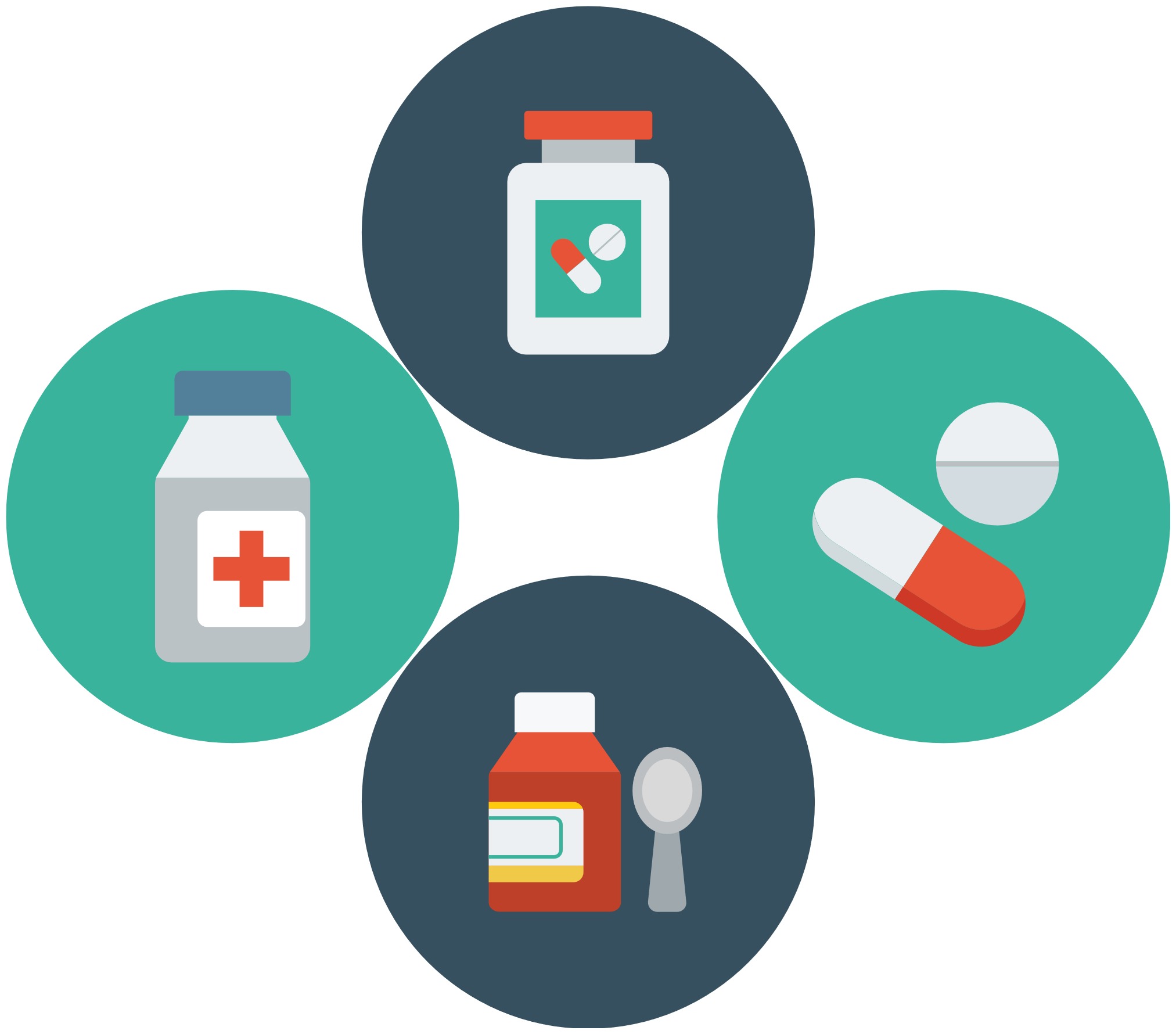
‘Painkillers’ is a generic term covering a multitude of types. Some painkillers have very few side effects at regular doses.
These are relatively safe. So they are classified as over the counter drugs (‘OTC”), which means they can be purchased at a pharmacy without prescription. OTC painkillers include acetaminophen, ibuprofen, naproxen, aspirin, and Tylenol.
Moving towards the heavier stuff, we have oxycodone, tramadol, Lyrica, Celebrex, and of course the opioids such as morphine. As a person’s pain gets worse, his doctor will likely shift to prescribing more potent drugs. Of course with more potency come more side effects and the risk of addiction.
This is where marijuana plays a role as a potent painkiller. Marijuana has few side effects and an almost non-existent risk of addiction.
Medical Marijuana.
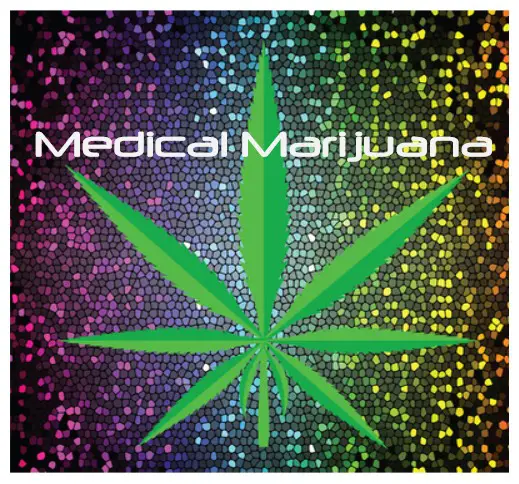
Medical marijuana comes in different forms.
- The first is a vaporized form which is a cartridge that you can add to your vape.
- Tinctures and sprays are in a liquid forms that you can ingest by applying under your tongue with a dropper.
- Edibles are a fun form of marijuana, the type of which you can choose by according to the dose you need.
- There’s also a wax form that you can apply to your skin.
- If you’re an old school person, and want things straight and simple, then of course there are always pills.
1. The effectiveness of painkillers depends on what kind you use as previously mentioned. OTC painkillers are the least effective of the whole medical marijuana vs painkillers for chronic pain debate. As you move towards the heavier stuff, such as Vicodin for example, the effectiveness increases. Marijuana is also very effective, but dependent upon the dosage taken.
2. Almost all painkillers are taken either orally or intravenously. The fastest route of all is the IV route (intravenous) which isn’t available for marijuana. So an IV painkiller will definitely work much faster.
When it comes to marijuana, the time it’ll take to work will depend on the form taken. Tinctures and sprays are the fastest. They take about only about 5-30 minutes because they’re applied sublingually. Waxes take longer to work. Edibles and pills take a moderate amount of time to kick in.
3. Opioids have the most side effects. These include nausea, vomiting, constipation, dizziness, and possibly respiratory depression, leading to death.
4. There’s also the issue of tolerance. The more you use opioids, the higher the dose you will require to achieve the same result. This will eventually lead to addiction. Marijuana side effects are much milder and include increased appetite, decreased reaction time, and (rarely) paranoia. The risk of respiratory depression from marijuana is almost non-existent and so is the risk of addiction.
5. When it comes to price, there are variations. However, the overall price of painkillers is on an average a lot more than that of marijuana. Marijuana waxes and oils cost about $40 per gram and edibles cost under $5 per dose. A bottle of tincture costs about $30, but it’s expected to last a few days at least. On the other hand, prescription painkillers such as methadone, buprenorphine, and naltrexone cost over $110 a week.
Medical Marijuana Card.
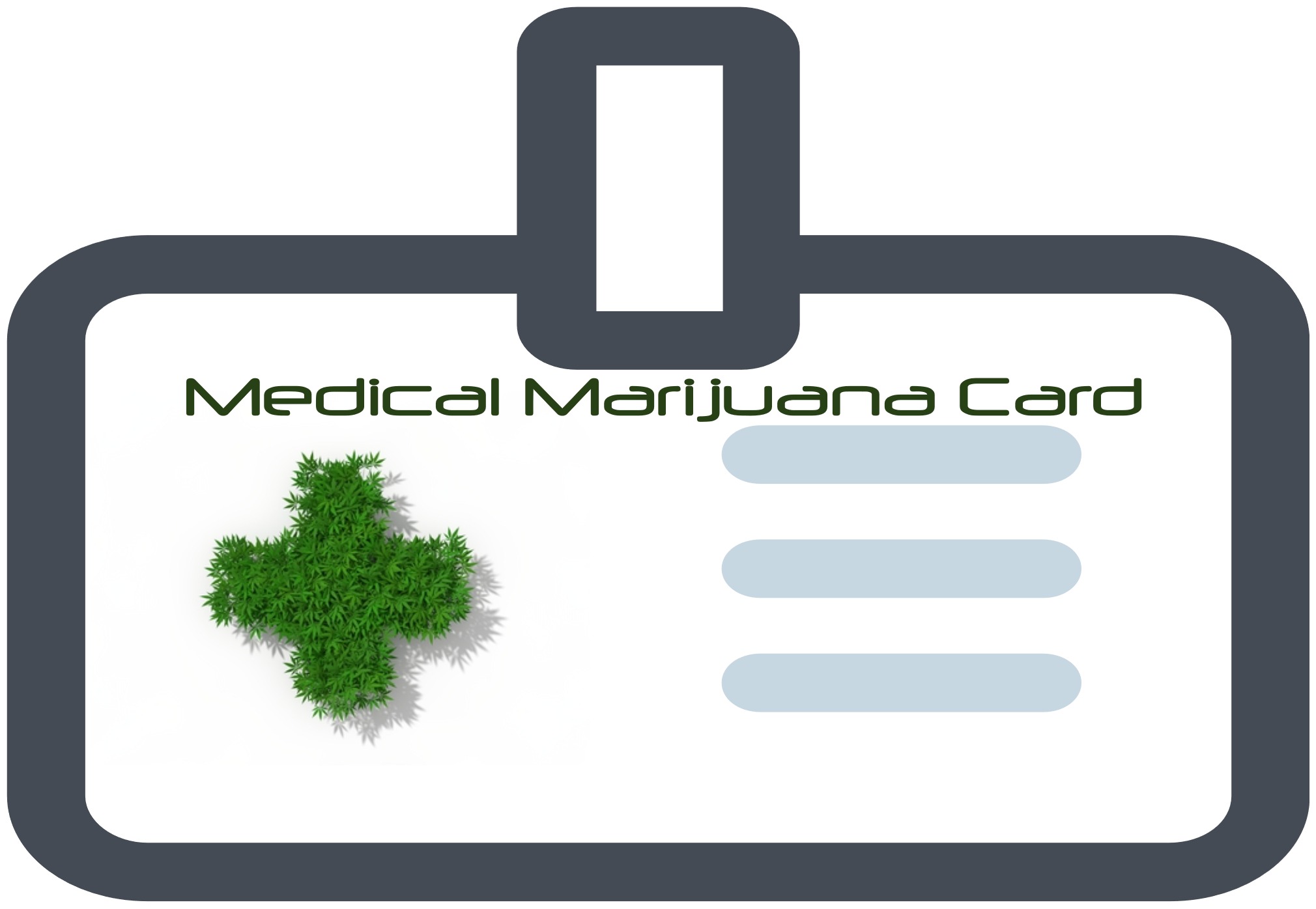
Most states will require that you have a medical marijuana card. Once you get one from the state, you need to visit a doctor in order to get a prescription. When you have the prescription, you can then go to certain dispensaries that sell medical marijuana.
They will check your card as well as your prescription and make sure you get the treatment you need. The amount you can buy per visit is limited. This varies from state to state. California, for example, allows the purchase of up to 8 ounces per day. Colorado only allows 2 ounces per day. Minnesota has no set limit.
Following are states where you can legally purchase medical marijuana with a doctor’s prescription:
Alaska, Arizona, Arkansas, California, Colorado, Connecticut, Delaware, Florida, Hawaii, Illinois, Maine, Maryland, Massachusetts, Michigan, Minnesota, Montana, New Hampshire, Nevada, New Jersey, New Mexico, North Dakota, Ohio, Oregon, Pennsylvania, Rhode Island, Vermont, Washington, and Washington D.C.
To sum up: prescription painkillers are more expensive and more dangerous; but, they’re more widely available throughout the country.
Medical marijuana is safe, comes in different forms, and is cheaper. Unfortunately it’s not widely accepted so far and is still illegal in some states.
Thank you for reading our post “Medical Marijuana vs Painkillers for Chronic Pain – What You Should Consider When You Make Your Choice!!”. We tried to cover as much as possible in order to enable you to make the best possible choice regarding your chronic pain!
If you would like to leave a comment or question do so below or on our twitter line. We would love to hear from you.
If you enjoyed this post, please “like and share” so Others can also benefit from it!
